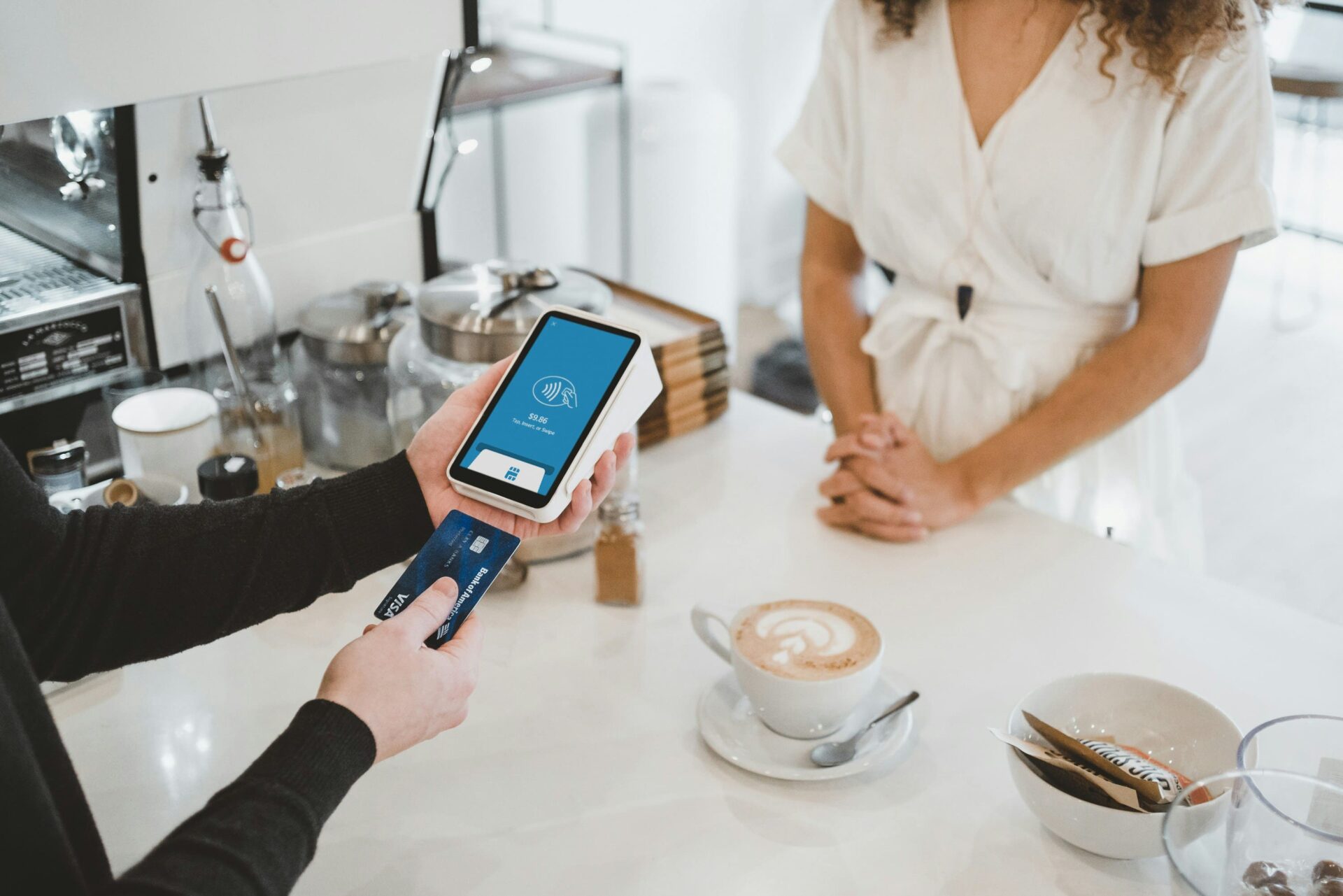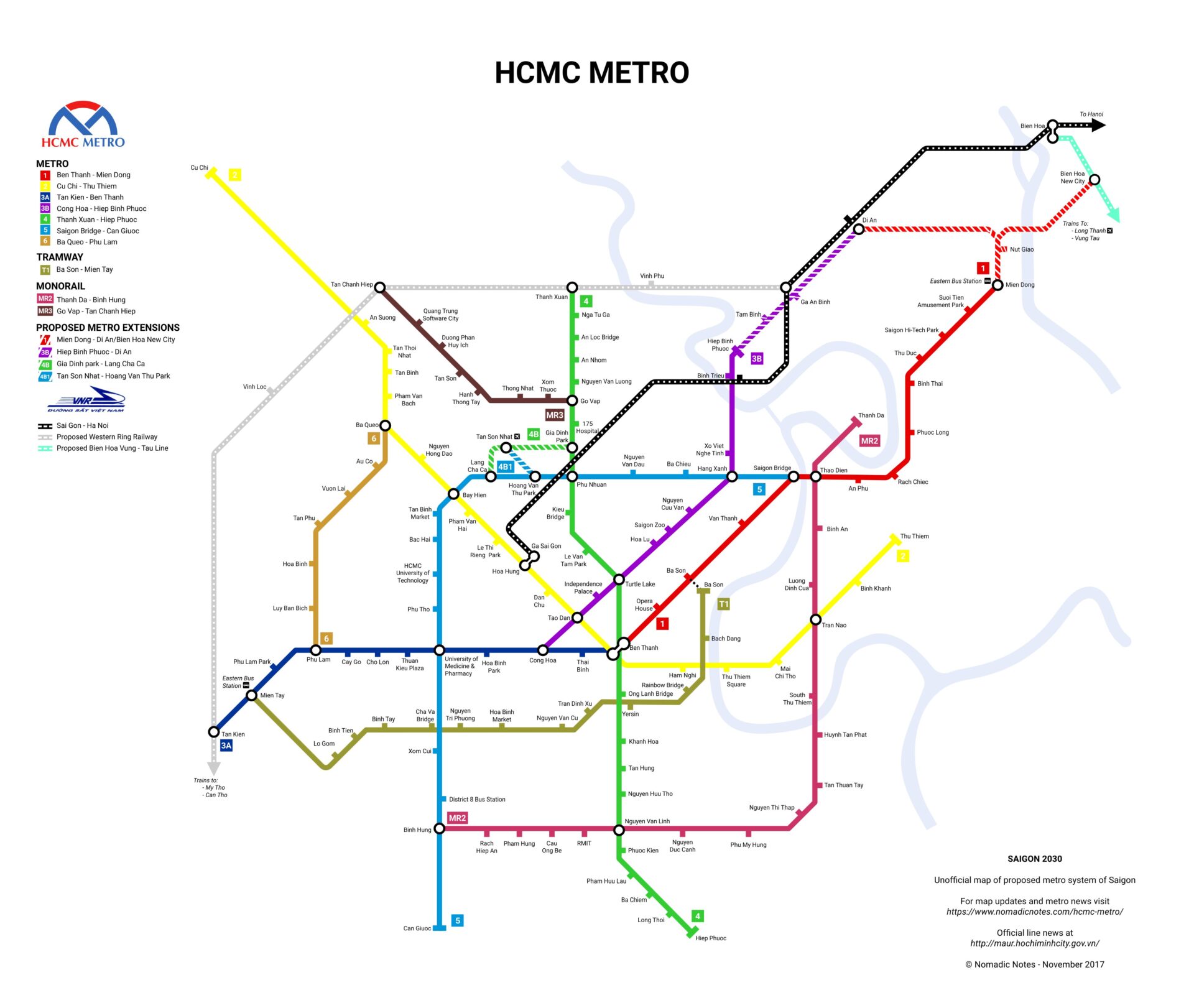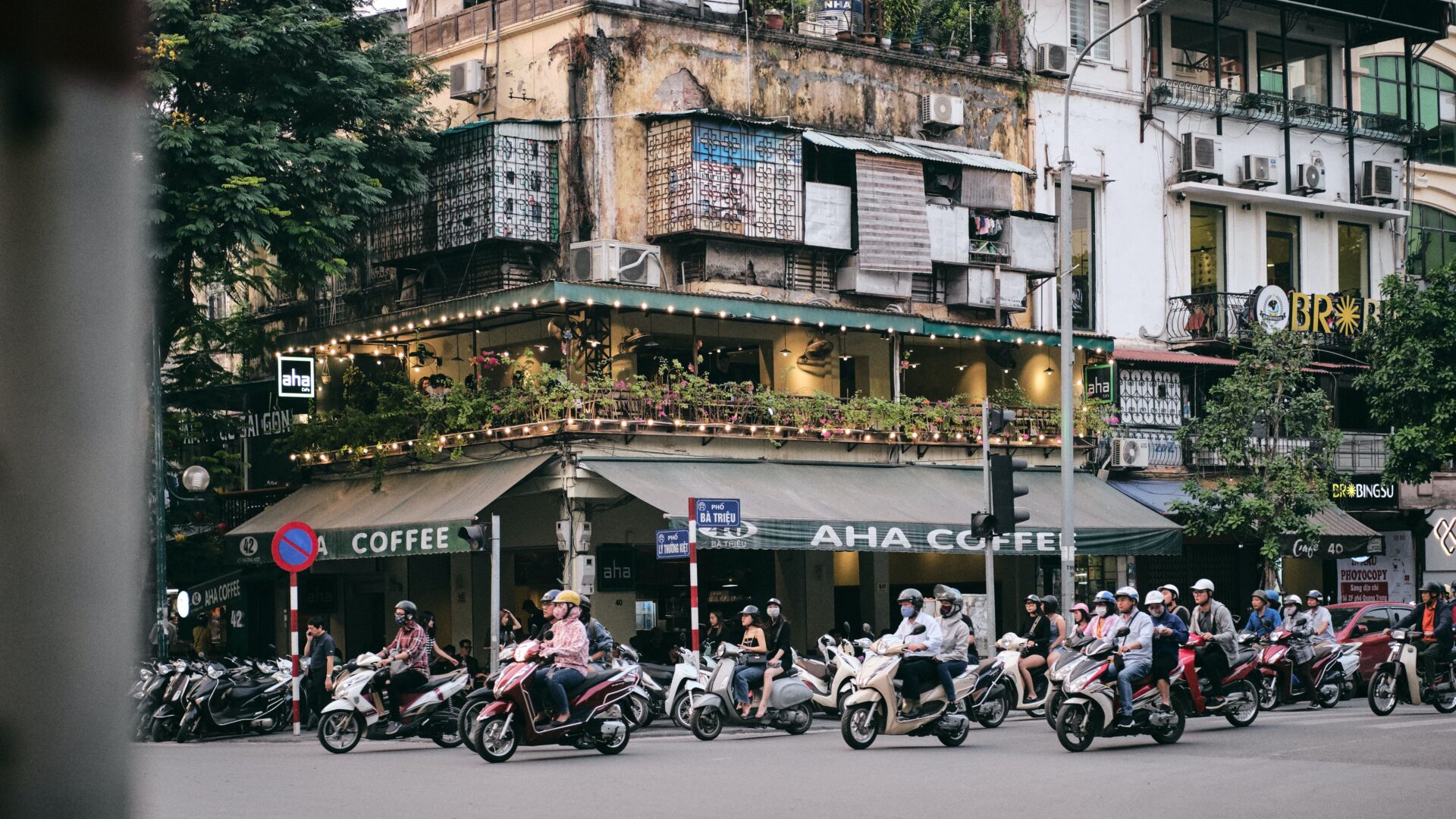Can You Use Credit Cards in Vietnam? Complete Guide to Card and Cash Usage

If you’re planning a trip to Vietnam, one important question is: Can you use credit cards there? While Vietnam has made major strides toward becoming more cashless, physical currency is still widely used, especially in local settings. In this guide, we’ll cover everything you need to know about credit card acceptance in Vietnam, where cash is still king, how to exchange money, and the best ways to manage both.
目次
1. Overview: Is Vietnam Cashless or Card-Friendly?
Vietnam is gradually moving toward a cashless economy, especially in major cities like Ho Chi Minh City, Hanoi, and Da Nang. In areas frequented by tourists, credit cards are accepted in:
- Hotels (3 stars and up)
- Upscale restaurants and cafés
- Shopping malls
- Ride-hailing apps like Grab
- Convenience stores like Circle K
However, cash remains essential in many day-to-day situations—especially when visiting traditional markets, local eateries, or taking taxis on the street.
2. Where Credit Cards Are Accepted—and Where They’re Not
| Location or Situation | Card Use | Notes |
|---|---|---|
| Airports and hotels (mid-range+) | ✅ High | Often required for deposits |
| High-end restaurants and cafés | ✅ High | 10% service charge may apply |
| Shopping malls (e.g., Vincom) | ✅ High | Signature or PIN entry may be needed |
| Convenience stores (e.g., Circle K) | ✅ Moderate | Small purchases sometimes prefer cash |
| Local food stalls and street food | ❌ | Cash only |
| Taxis (street-hail) | ❌ | Use Grab for app-based card payments |
| Traditional markets (e.g., Ben Thanh) | ❌ to ⚠️ | Cash preferred; some offer QR payment |
3. Best Credit Cards for Vietnam Travel
What to Look For:
- ✅ Visa or Mastercard (most widely accepted)
- ✅ Travel insurance included (ideally automatic)
- ✅ Contactless payment support
- ✅ Low foreign exchange fees (under 2%)
- ✅ ATM cash withdrawal capability
Recommended Cards:
- EPOS Card (Japan) – Free annual fee, travel insurance included
- Rakuten Card (Visa) – Widely accepted and offers point rewards
- SMBC NL Card – Contactless-ready with mobile app support
- Wise or Revolut (Prepaid) – Excellent exchange rates, easy app control
⚠️ Note: JCB cards are not widely accepted in Vietnam—bring a Visa or Mastercard as your main card.
4. When and How to Use Cash in Vietnam
Even in urban areas, you’ll often need cash for:
- Local food stalls (meals often cost 30,000–100,000 VND)
- Small taxis or motorbike rides
- Public restrooms (2,000–5,000 VND)
- Tips for spa staff, bellboys, and other service workers
- Traditional markets and souvenir vendors
Money Exchange Tips:
- Exchange rates are better in Vietnam than at Japanese airports
- Popular exchange spots in HCMC: Nguyen An Ninh Street
- ATMs are widely available, but may charge 20,000–50,000 VND per withdrawal
- Carry small bills (10,000–50,000 VND) for daily purchases and tipping
5. Smart Strategy: How to Balance Card and Cash
Use credit cards for:
- Hotels, flights, and large purchases
- Grab rides or online food delivery
- Shopping in malls or chain stores
- Paying at restaurants with receipts
Use cash for:
- Meals at local eateries and food vendors
- Short rides and local transportation
- Market haggling and small souvenirs
- Tips and minor service charges
Suggested Daily Budgeting:
- 70–80% of major payments via card
- 20–30% in cash for day-to-day local interactions
→ 200,000–400,000 VND (approx. $8–16 USD) per day in cash is a good baseline.
Conclusion: Use Both Credit and Cash for a Hassle-Free Trip
Vietnam is becoming more credit-card friendly, especially in cities and tourist areas. But cash is still a necessity for smooth daily travel.
To ensure a stress-free trip:
- Carry a Visa or Mastercard
- Use a trusted ATM or city exchange service
- Always have small bills on hand
- Be mindful of potential scams or skimming—use cards carefully
With the right mix of credit card convenience and cash readiness, you’ll enjoy the best of Vietnam’s vibrant culture and hospitality without financial frustration.
(Photo by Unsplash.com)



